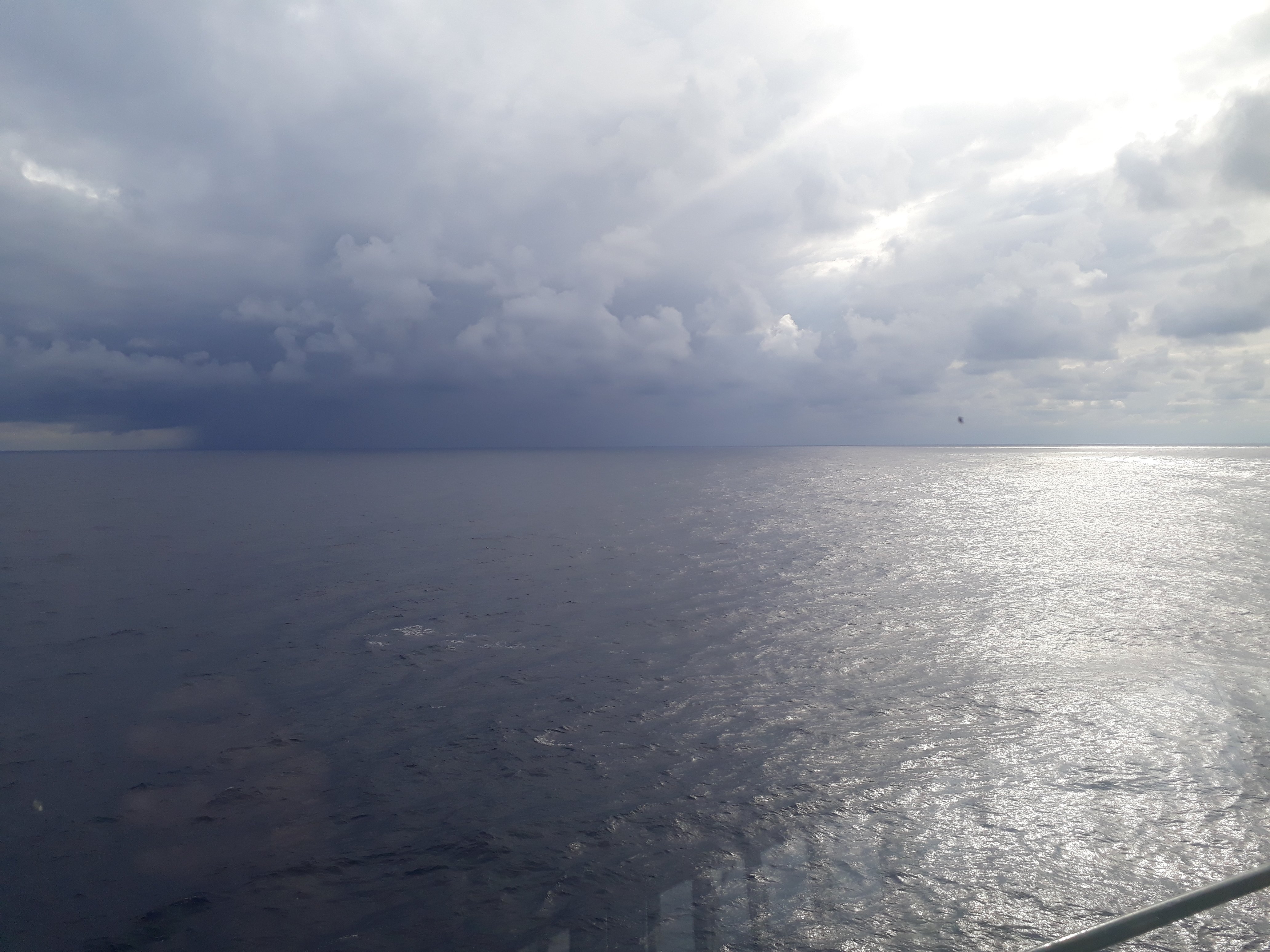-
Posts
624 -
Joined
-
Last visited
Profile Information
-
Gender
Male
-
Location
Belgium
Recent Profile Visitors
-
 Javelin reacted to a post in a topic:
HMS Bellona by Frecap - Corel - 1:100
Javelin reacted to a post in a topic:
HMS Bellona by Frecap - Corel - 1:100
-
 Javelin reacted to a post in a topic:
Bluenose II 1920 by elguzanoq - Artesania Latina Kit No 20500 - 1:75 scale - first build
Javelin reacted to a post in a topic:
Bluenose II 1920 by elguzanoq - Artesania Latina Kit No 20500 - 1:75 scale - first build
-
 Javelin reacted to a post in a topic:
USS Constitution by mtbediz - 1:76
Javelin reacted to a post in a topic:
USS Constitution by mtbediz - 1:76
-
 Javelin reacted to a post in a topic:
Ranger type yacht by Mark Pearse - 1:12 - SMALL
Javelin reacted to a post in a topic:
Ranger type yacht by Mark Pearse - 1:12 - SMALL
-
 Javelin reacted to a post in a topic:
LA CREOLE/ LA GUADELOUPE by matiz - 1:48 - by Tiziano Mainardi from Boudriot plans
Javelin reacted to a post in a topic:
LA CREOLE/ LA GUADELOUPE by matiz - 1:48 - by Tiziano Mainardi from Boudriot plans
-

Fund raising
Javelin replied to Russ2025's topic in Using the MSW forum - **NO MODELING CONTENT IN THIS SUB-FORUM**
Made my donation today using the link. Didn't have any issues... Perhaps not an accepted type of card? -
 Mark Pearse reacted to a post in a topic:
Ranger type yacht by Mark Pearse - 1:12 - SMALL
Mark Pearse reacted to a post in a topic:
Ranger type yacht by Mark Pearse - 1:12 - SMALL
-
 Jack12477 reacted to a post in a topic:
Ranger type yacht by Mark Pearse - 1:12 - SMALL
Jack12477 reacted to a post in a topic:
Ranger type yacht by Mark Pearse - 1:12 - SMALL
-
 thibaultron reacted to a post in a topic:
Billy 1938 by Keith Black - 1:120 Scale - Homemade Sternwheeler
thibaultron reacted to a post in a topic:
Billy 1938 by Keith Black - 1:120 Scale - Homemade Sternwheeler
-
 Glen McGuire reacted to a post in a topic:
Viking Neptun by Javelin - 1/1250 - Subsea Construction Vessel
Glen McGuire reacted to a post in a topic:
Viking Neptun by Javelin - 1/1250 - Subsea Construction Vessel
-
 Ian_Grant reacted to a post in a topic:
Viking Neptun by Javelin - 1/1250 - Subsea Construction Vessel
Ian_Grant reacted to a post in a topic:
Viking Neptun by Javelin - 1/1250 - Subsea Construction Vessel
-
 Ian_Grant reacted to a post in a topic:
Viking Neptun by Javelin - 1/1250 - Subsea Construction Vessel
Ian_Grant reacted to a post in a topic:
Viking Neptun by Javelin - 1/1250 - Subsea Construction Vessel
-
Hi Paul, Ian, I indeed noticed he (offshore-vessels-drawings.com) was also selling the drawings and pictures for Viking Neptun (from her Eidesvik period) and used some of his pictures for details (like the swimming pool area and aft part of the accomodation). I do doubt he's allowed to sell these as ships drawings are normally quite confidential with notices explicitly stating that they can not be reproduced or used, disclosed or copied without either the owner or shipyard's permission... That is also the reason most companies are not very forthcoming with drawings towards modellers. Occasionally they are helpful and even eager to help, so it never hurts to try and ask.
-
I was wondering about that too Keith, I guess people get sloppy or old over here 😁 @Paul Le Wol, I wouldn't get my hopes up. It's one of my typical preparations I do when I'm at sea. Since I'm unable to build onboard, I do research of ships and ideas at that time. Unfortunately I can't build each project in my limited holidays, so I end up with lots of projects and ideas in various stages of development that will never get built. The choice for VN in this commission at least allows me to use some of that past research, but 1/1250 really isn't my scale...
-
Although I didn't make any real eyebolts yet, I normally use copper or brass wire and turn it around a drill bit to make small round rings or eyebrows. If you use brass wire, it's best to use a 1mm or 1.2mm bit, when using copper a 1.5mm bit will do. You can experiment a bit on what goes best. The advantage of copper is that you can easily cut it with a knife and cut it very straight (I use a lot of copper wire from electrical wiring, since you find a lot of different diameters). They are of course weaker, so you have to be more careful than with brass.
-
Great subject, but quite a challenge at that scale! I assume you've seen this site and the rather rough drawing contains. https://www.granturismoevents.com/story-wallypower-118-the-coolest-luxury-yacht-in-the-world/ The site mentions 3.5t of fuel per hour for the gas turbine, that would make the bill "only" around $3500 per hour at regular MGO prices.
-
Thanks for the comments and likes. In all my haste to call this one finished, I actually forgot about the 2 large communication domes on either side of the bridge. I've made them from 3mm styrene rod inside my Proxxon and filed them to shape. As you can see, the second ship is also taking shape. @Glen McGuire, the only reason this build went do fast, was my preparation. I have been preparing a 1/100 scale RC build of this ship, which means I was familiar (and thought of solutions) with most of the issues I'd encounter by that integrated accomodation. Also having built a very similar cable layer in the past has helped to detail that installation with precious little info available. Although I have built a Trailing Suction Hopper Dredger before, I believe that Lange Wapper model may be more challenging. I've never been onboard of it and the dark green deck colour makes details on deck very difficult to see in pictures.
-
The item I sort of ignored is what I assume a loading tower for the carousel. I assume the cable comes in from deck (dark green bend near the deck) and pulled up over that loading bend over the edge of the carousel. Not sure if that tower can rotate inward and outward to follow the cable or not. Here's a shot of the ROV area. And with the first rescue boat in place. The auxiliary crane is being rigged and then it's time to round this one up.
-
I don't see any stupid questions here @Glen McGuire, but speaking of them, wait until I start my Sherbourne... 😂 The "New" ROV (Remotely Operated Vehicle) area is located just behind the big crane on portside. It's probably hired equipment since it's a blue A-Frame and it seems to be a habit in the offshore to rent this kind of equipment from specialised companies like Helix Energy Solutions or Reach Subsea. I simplified this equipment quite a lot compared to my 1/700 Living Stone. It's not very visible in this model and not worth hours of work to make each support beam and detail.
-
That is looking marvellous Phil. Very realistic in any case. Were there really ropes wound around those rings on 4 places? Just wondering since I'm from the reflective SOLAS tape era and don't know about Navy habits on this...
- 438 replies
-
- minesweeper
- Cape
-
(and 1 more)
Tagged with:
About us
Modelshipworld - Advancing Ship Modeling through Research
SSL Secured
Your security is important for us so this Website is SSL-Secured
NRG Mailing Address
Nautical Research Guild
237 South Lincoln Street
Westmont IL, 60559-1917
Model Ship World ® and the MSW logo are Registered Trademarks, and belong to the Nautical Research Guild (United States Patent and Trademark Office: No. 6,929,264 & No. 6,929,274, registered Dec. 20, 2022)
Helpful Links
About the NRG
If you enjoy building ship models that are historically accurate as well as beautiful, then The Nautical Research Guild (NRG) is just right for you.
The Guild is a non-profit educational organization whose mission is to “Advance Ship Modeling Through Research”. We provide support to our members in their efforts to raise the quality of their model ships.
The Nautical Research Guild has published our world-renowned quarterly magazine, The Nautical Research Journal, since 1955. The pages of the Journal are full of articles by accomplished ship modelers who show you how they create those exquisite details on their models, and by maritime historians who show you the correct details to build. The Journal is available in both print and digital editions. Go to the NRG web site (www.thenrg.org) to download a complimentary digital copy of the Journal. The NRG also publishes plan sets, books and compilations of back issues of the Journal and the former Ships in Scale and Model Ship Builder magazines.


















